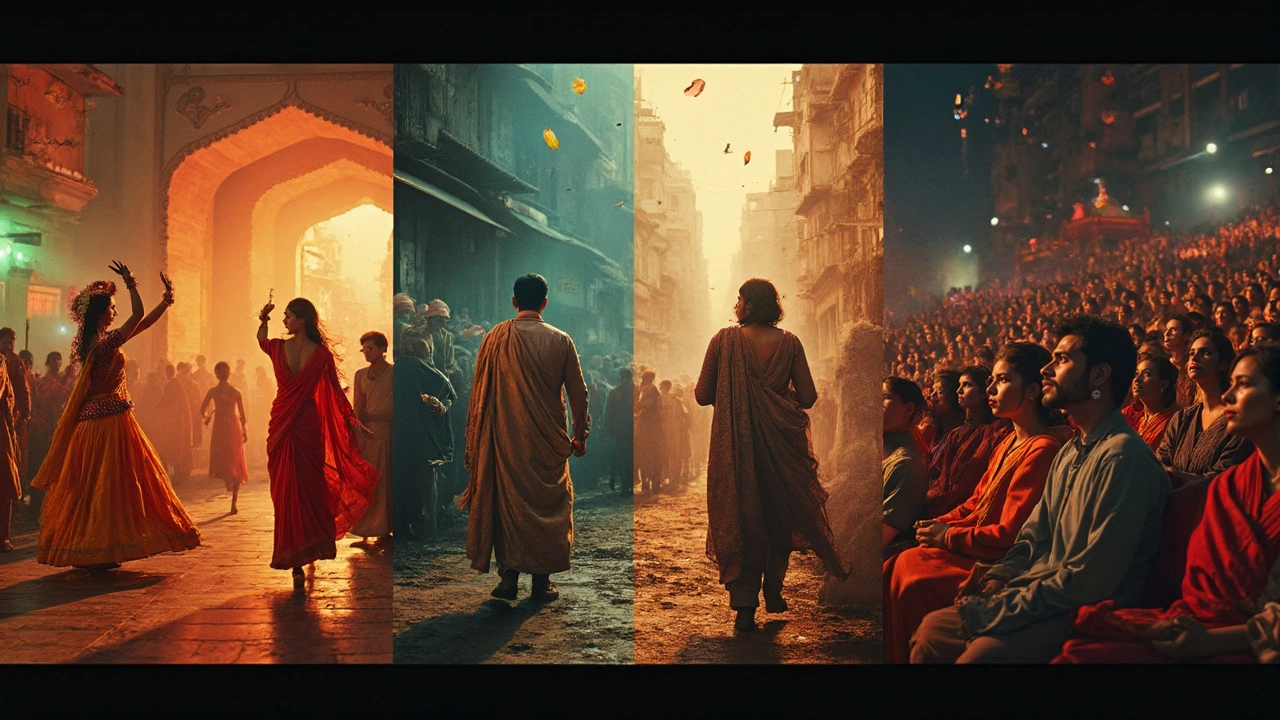
Most folks get their first image of India from the big screen. But what are these images really showing us, and where do they come from? Movies have a huge influence—sometimes they capture the truth, and sometimes they sell a fantasy that’s only half-real.
If you’ve seen a Bollywood film, maybe you picture colorful festivals, big family drama, or wild song-and-dance numbers. Watch an old Hollywood movie, and you might get elephants, snake charmers, or crowded streets. These clichés didn’t pop up by accident—they started somewhere, and they often miss what daily life in India actually looks like.
This gap between movie India and real India is no joke. It shapes what people around the world expect when they visit or read about the country. Even people in India start to see themselves through a movie camera lens, and sometimes, the lines between real and reel get blurry.
- Old-School India on Screen: A Quick Timeline
- Stereotypes and Misrepresentations
- Bollywood’s Take vs. Hollywood’s Version
- How Reality and Cinema Collide
- Tips for Watching Indian Stories on Film
Old-School India on Screen: A Quick Timeline
If you look at how India was shown in early movies, it’s a rollercoaster of wild myths and slow changes. Indian cinema kicked off in 1913 with Raja Harishchandra. This first silent film focused mostly on mythological stories, gods, and epic legends. Regular folks barely showed up—India on film was all about kings, queens, and old tales from the epics.
Jump to the 1940s and 50s, which many call the golden era of Indian cinema. Movies like Pyaasa and Mother India popped up, this time talking about poverty, farmers, and social struggles. Suddenly, Indian films weren’t just stories for entertainment—they were starting to show real problems on the ground.
Meanwhile, when foreign filmmakers tried to show India, it was a totally different story. Western movies back then mostly showed palaces, snake charmers, and endless crowds. If you’ve seen The Man Who Would Be King or old Bond movies, you’ve seen these images (and probably got the idea every Indian rides an elephant to work!).
- 1913-1930s: Mythological films and silent movies set the stage.
- 1940s-1950s: Social dramas get popular, showing India’s struggles after independence.
- 1960s-70s: Bollywood’s masala formula starts—action, romance, and over-the-top family scenes.
- Foreign films: Painted with a broad brush—mysticism, poverty, and the ‘exotic’ east.
Why does this matter? The way India was first shown in films stuck around for years, and a lot of people started to believe these stories were the whole truth. The power of movies to shape what we think about a place—especially one as big as India—is seriously underrated.
Check out some quick stats:
| Decade | Most Common Film Themes (India) | Hollywood's Typical Theme |
|---|---|---|
| 1910s-1930s | Mythology/Epics | Exotic Mysticism |
| 1940s-1950s | Social Struggle/Rural Life | Colonial Adventure |
| 1960s-1970s | Romance & Family Drama | Spiritual Quest/Poverty |
Stereotypes and Misrepresentations
Let’s be honest—tons of movies paint India in pretty broad strokes. You’ll spot a handful of classic clichés crop up whether you watch old Hollywood flicks or even some big Bollywood hits. The problem? These images stick, even if they only tell a small part of the story.
Foreign films especially love the “exotic India” angle. Maybe you’ve seen the constant scenes of cows on busy roads, beggars at every street corner, and holy men sitting cross-legged by the Ganges. The spiritual quest trope is another repeat offender—western characters often come to India ‘to find themselves’ surrounded by color, chaos, and henna tattoos.
Bollywood has its own bag of well-worn stereotypes. For decades, filmmakers painted rich characters as corrupt and villainous, while the poor were always heroic and pure. And of course, the mother character—overly dramatic and endlessly suffering—became almost a running joke in Indian cinema history.
Here’s a quick rundown of the most common stereotypes you’ll spot:
- The “Slumdog” angle—endless hardship and rags-to-riches stories
- Everyday life means saris, spices, and arranged marriages (ignoring India’s modern side)
- Song-and-dance numbers breaking out in the middle of anything
- Tech geniuses or call center workers, as seen in newer western movies
- Snake charmers and elephants—mascots for an entire country
And here’s the thing: according to a 2023 survey by the Federation of Indian Chambers of Commerce & Industry (FICCI), 53% of international viewers named poverty as their first thought about India, and 45% named Bollywood musicals. That’s a direct result of what’s been shown on screens for decades.
| Stereotype | Most Common Source |
|---|---|
| Spiritual Journey | Hollywood |
| Song and Dance | Bollywood |
| Slum Settings | International Films |
| Tech Outsourcing | Modern Western Movies |
Of course, none of these snapshots show the whole picture. They flatten out a country with over a billion people, hundreds of languages, and a wildly diverse way of life. So, next time you see a familiar trope pop up, remember—real India is way more layered than any stereotype on screen.
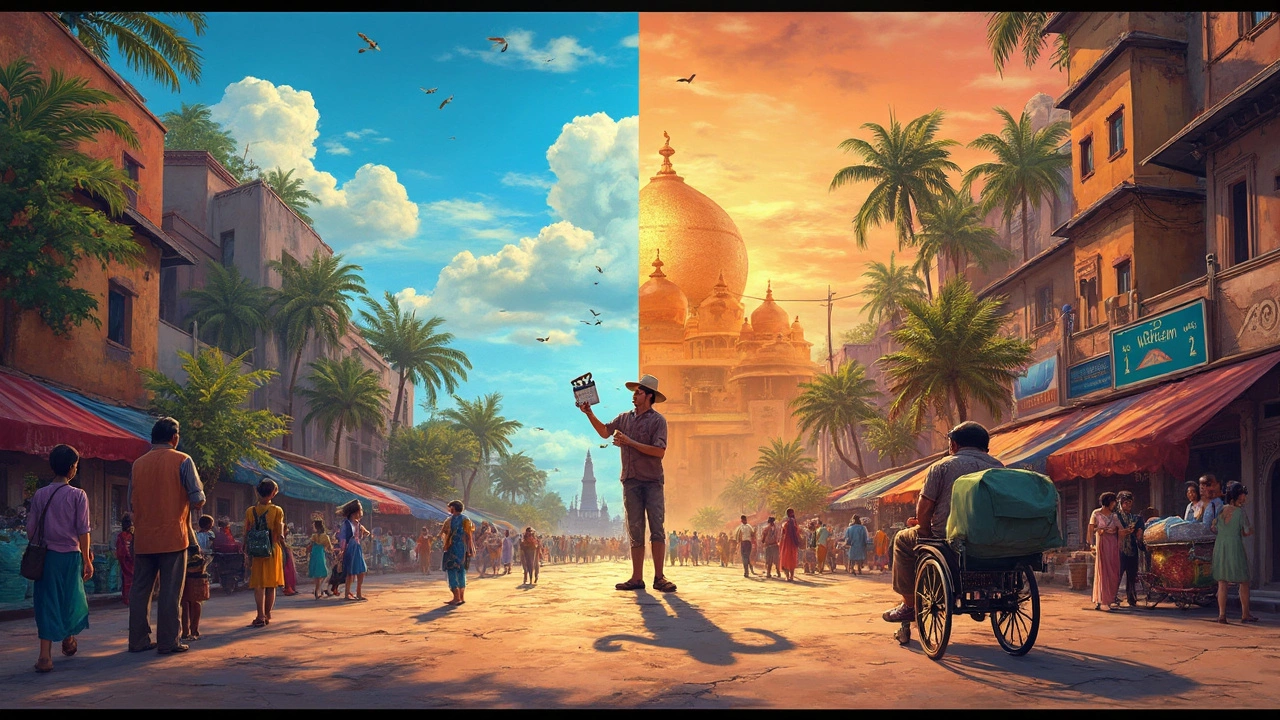
Bollywood’s Take vs. Hollywood’s Version
Ask anyone what comes to mind with Indian cinema, and their answer depends a lot on whether they grew up on Bollywood hits or got their first taste through a Hollywood movie. Each industry tells wildly different stories about India, and they don’t always agree on the facts or the vibe.
Bollywood steadily built its stories from inside the country—painting India through family bonds, big emotions, and catchy jams. Films like "Kabhi Khushi Kabhie Gham" and "Dilwale Dulhania Le Jayenge" show a country buzzing with rituals, food, and generations living under one roof. Problems get solved by music or dramatic speeches, but the core is always about relationships and heart. Yes, things can be extra, but the details—clothes, celebrations, even street food—ring true for many locals.
Hollywood used to see India in another light. For years, it was "exotic" and mysterious, often shrinking the country down to a few dusty streets and bright saris. In "Indiana Jones and the Temple of Doom," India is a land of snake charmers and monkey brains—hardly fair, and nowhere near most people’s daily life. "Slumdog Millionaire" grabbed headlines for showing poverty and chaos, and while there’s truth in some tough scenes, many Indians felt it ignored the middle-class reality that’s just as common.
Movie stereotypes don’t just pop up on screen—they stick. In a 2017 Pew survey, about 62% of Americans who hadn't visited India said their idea of the country mostly came from movies and TV. No surprise, then, that visitors sometimes seem shocked by how modern and tech-savvy major Indian cities actually are.
But things are changing. Hollywood, more than before, works with Indian actors and tells local stories with respect. Movies like "The Lunchbox" (co-produced with international studios) or shows like "Delhi Crime" on Netflix avoid broad clichés and dive into everyday life. Bollywood, too, is growing out of its own comfort zone with new genres and stronger roles for women, showing that Indian cinema isn’t just about wedding songs.
Here's a quick look at some major differences:
- Bollywood: Family drama, community, color, a focus on homegrown culture, emotional highs.
- Hollywood: Outsider’s gaze, exotic settings, often stuck on old tropes (though getting better), more interest in “the unusual.”
Both sides are moving forward, but if you want a real sense of India, try watching both—and compare. Pay attention to who’s telling the story and what that changes. Not every movie gets it right, but the more you watch, the clearer the real picture of India gets.
How Reality and Cinema Collide
Sometimes, what you see on screen and what actually happens in India are not even in the same ballpark. A lot of Indian cinema, especially old-school Bollywood, has thrived on big emotions, flashy songs, and ideal families. But as more directors want to show real stories, we’re getting movies that dig deeper into life as it is—warts and all.
Let’s take “Gully Boy” as an example. The film is about Mumbai’s street rap scene, and unlike classic Bollywood, it doesn’t sugarcoat poverty or pretend every neighborhood is packed with palaces. Fans loved how raw and unfiltered it felt. This movie actually caused a surge in rap battles and music festivals across the country—the lines between movie and street culture just melted away.
Now, let’s talk about how movies can get it wrong. Some foreign productions like “Slumdog Millionaire” focus so much on slums and struggles that people start to believe that’s all India is. Sure, those stories exist, but they’re not the whole picture. This narrow spotlight can affect how tourists view India before even landing. In 2019, a Pew Research survey showed nearly 60% of Western viewers who’d only seen India in films expected mostly poverty—while those who watched Indian news or YouTubers painted a way more balanced picture. Here’s a quick comparison:
| Source | Main Impression of India |
|---|---|
| Hollywood Films | Slums, spirituality, chaos |
| Bollywood | Family, festivals, romance |
| Indian News/YouTube | Development, cities, diversity |
The new wave of Indian cinema is trying to fill these gaps. Movies like "Court," "Article 15," and "The Lunchbox" dig into real issues —from courtroom drama to everyday work life to caste discrimination. Directors like Anurag Kashyap aren’t interested in making every story rosy. Instead, they use the camera to show the crowd, the traffic, the mess, and all the things you’d recognize if you've spent time in an Indian city.
If you want films that give you a sense of what India is really like, go beyond the blockbusters. Check out indie films, documentaries, or even region-specific movies. Each region—Tamil, Malayalam, Marathi, Bengali—has its own style, and you get totally different slices of real life.
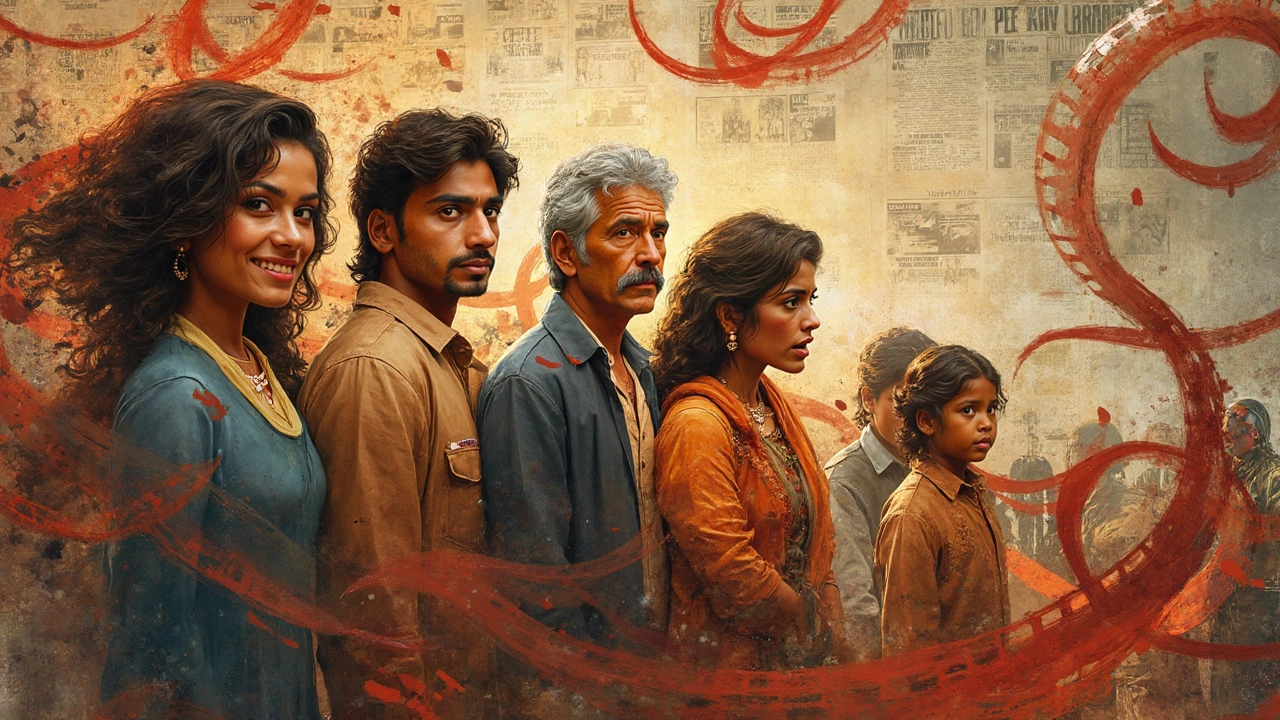
Tips for Watching Indian Stories on Film
If you really want to get the most out of Indian movies, you’ve got to pay attention to a few things. Indian cinema is huge—Bollywood alone makes around 1,600 films every year, not counting the hundreds more in other languages like Tamil, Telugu, and Malayalam. That’s a lot of stories and a wild mix of styles.
- Don’t take every movie as a true slice of life. Bollywood is famous for over-the-top singing, big family feuds, and heroes doing stuff defying gravity. But the average Indian’s daily life is way more chill. Treat these bigger-than-life stories as entertainment, not a travel guide.
- Try different film industries. What you see in a Hindi blockbuster isn’t the same as a Malayalam or Marathi movie. Want something true-to-life? Look up titles like "Court" (Marathi) or "Super Deluxe" (Tamil). These offer a totally different view compared to the usual India seen in mainstream films.
- Pay attention to the time period. Bollywood classics from the ‘70s and ‘80s focus on family values and underdog heroes. Modern movies, like "Gully Boy" or "The Lunchbox," tackle everyday problems—urban struggles, love, job stress—things that connect with today’s Indian cinema audience way more directly.
- Check out what international films miss. When Hollywood tackles India, sometimes it feels stuck in a time warp—poverty, mysticism, or just chaos. But Indian filmmakers are busy talking about startups, tech, climate issues, and election drama. Balance the foreign take with homegrown voices.
- Use subtitles, but try learning a phrase or two. Subtitles can miss jokes or clever wordplay, especially in comedies. Picking up a few big words or phrases—like "jugaad" (hack or workaround) or "dost" (friend)—can make the humor hit harder.
Check this quick comparison of genres to get a sense of what you might see:
| Genre | Popular Example | Typical Themes |
|---|---|---|
| Bollywood Masala | "Chennai Express" | Romance, drama, comedy, music all mixed |
| Parallel Cinema | "Pather Panchali" | Poverty, family, rural life, realism |
| Modern Urban Drama | "Gully Boy" | Youth, music, city struggles |
| Historical Epic | "Lagaan" | Colonialism, resistance, sport |
Bottom line: Mix up what you watch and look out for the context, and you’ll get a richer, more honest peek at India through its films. Got a friend from India? Watch together—they’ll spot cultural stuff you might miss.
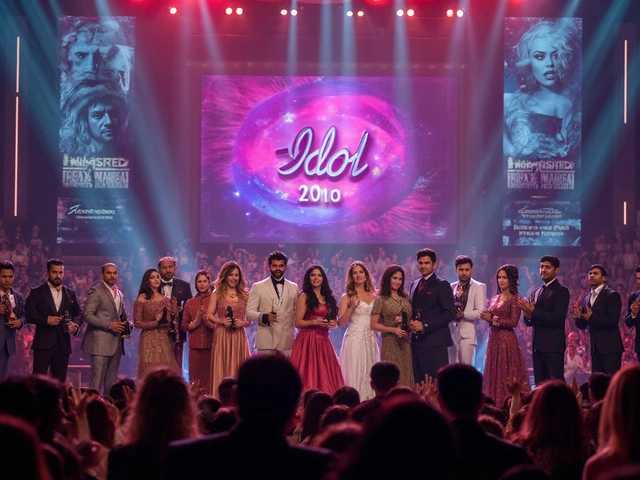

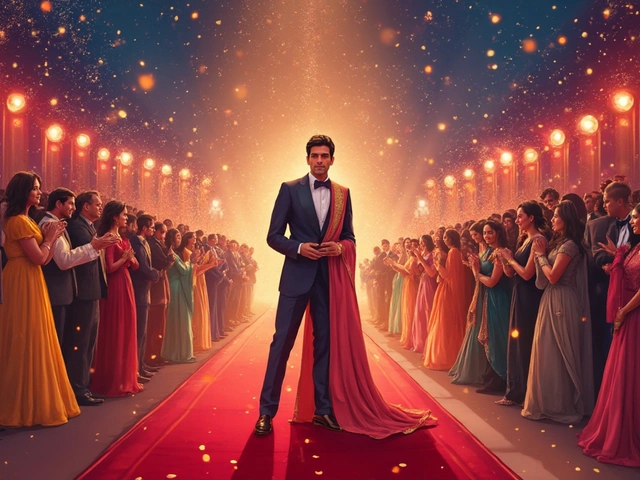


Write a comment